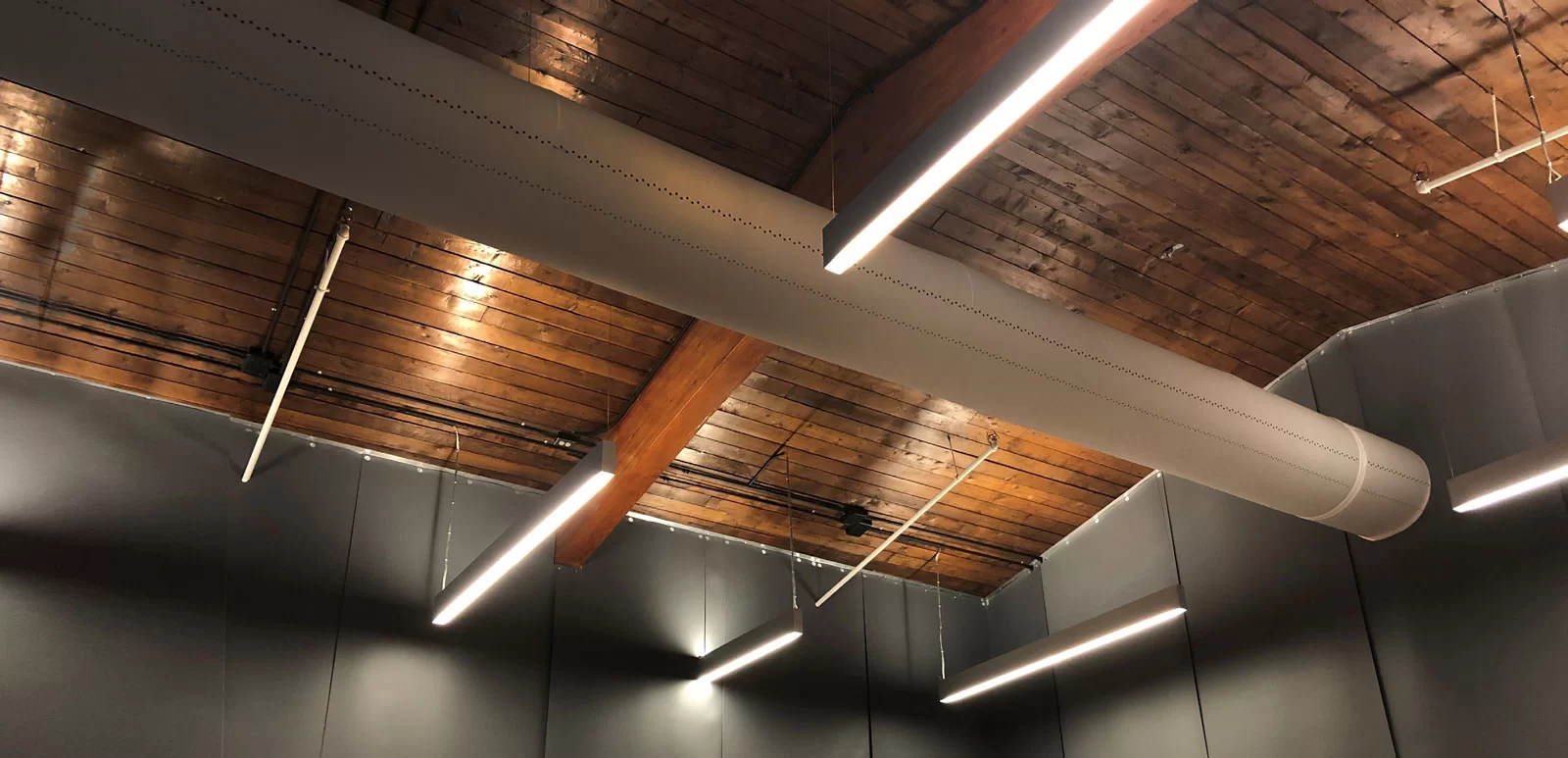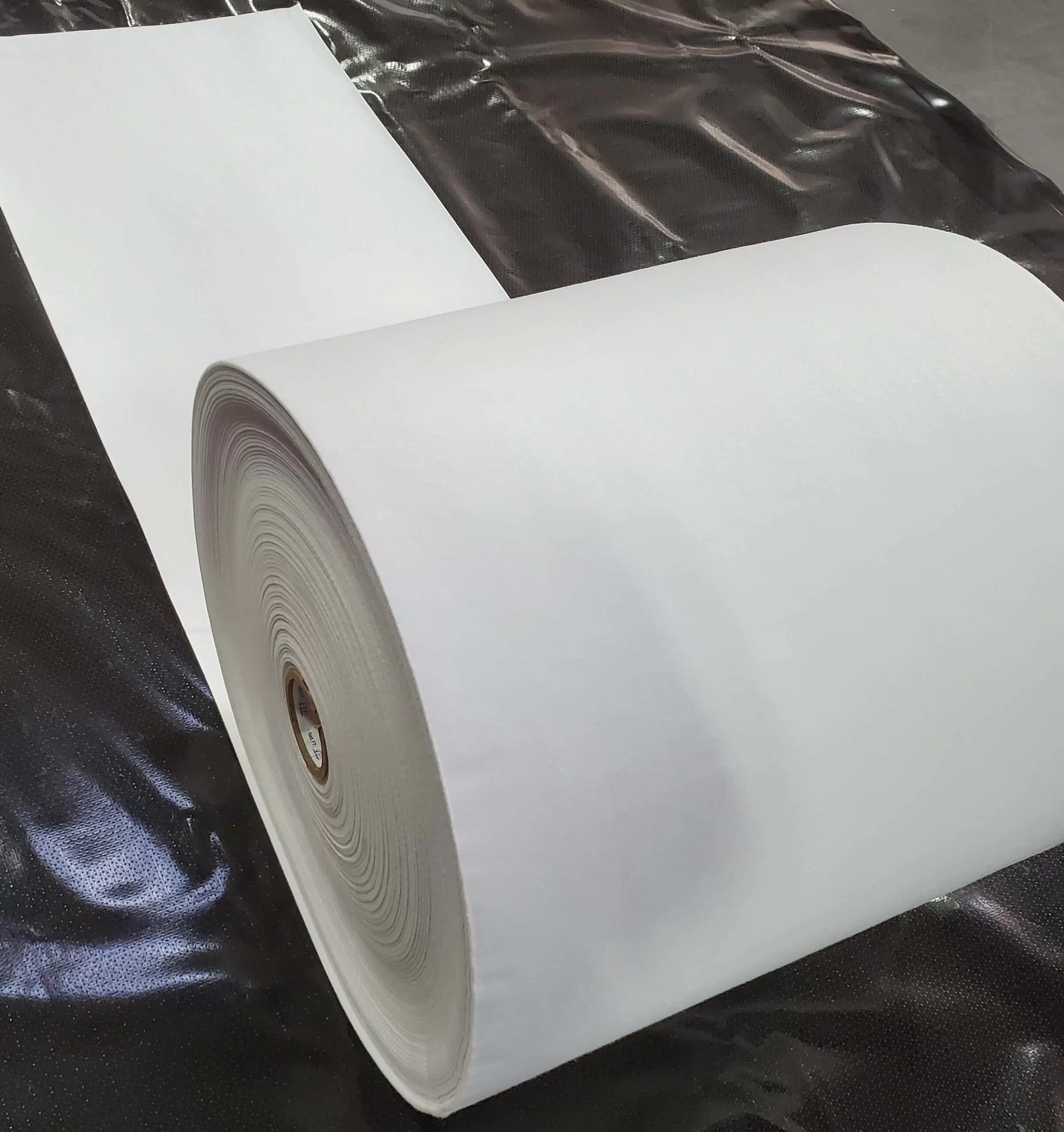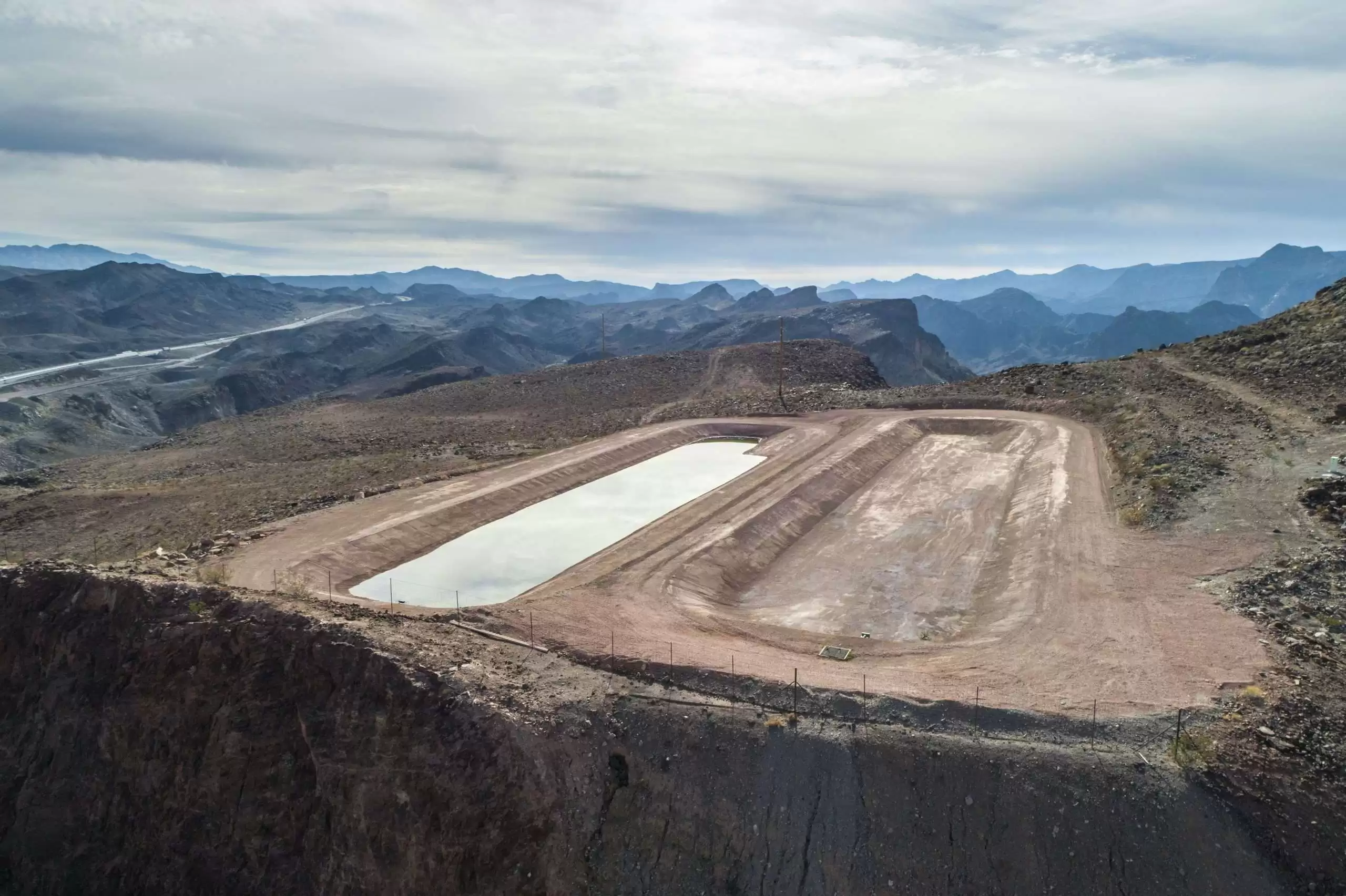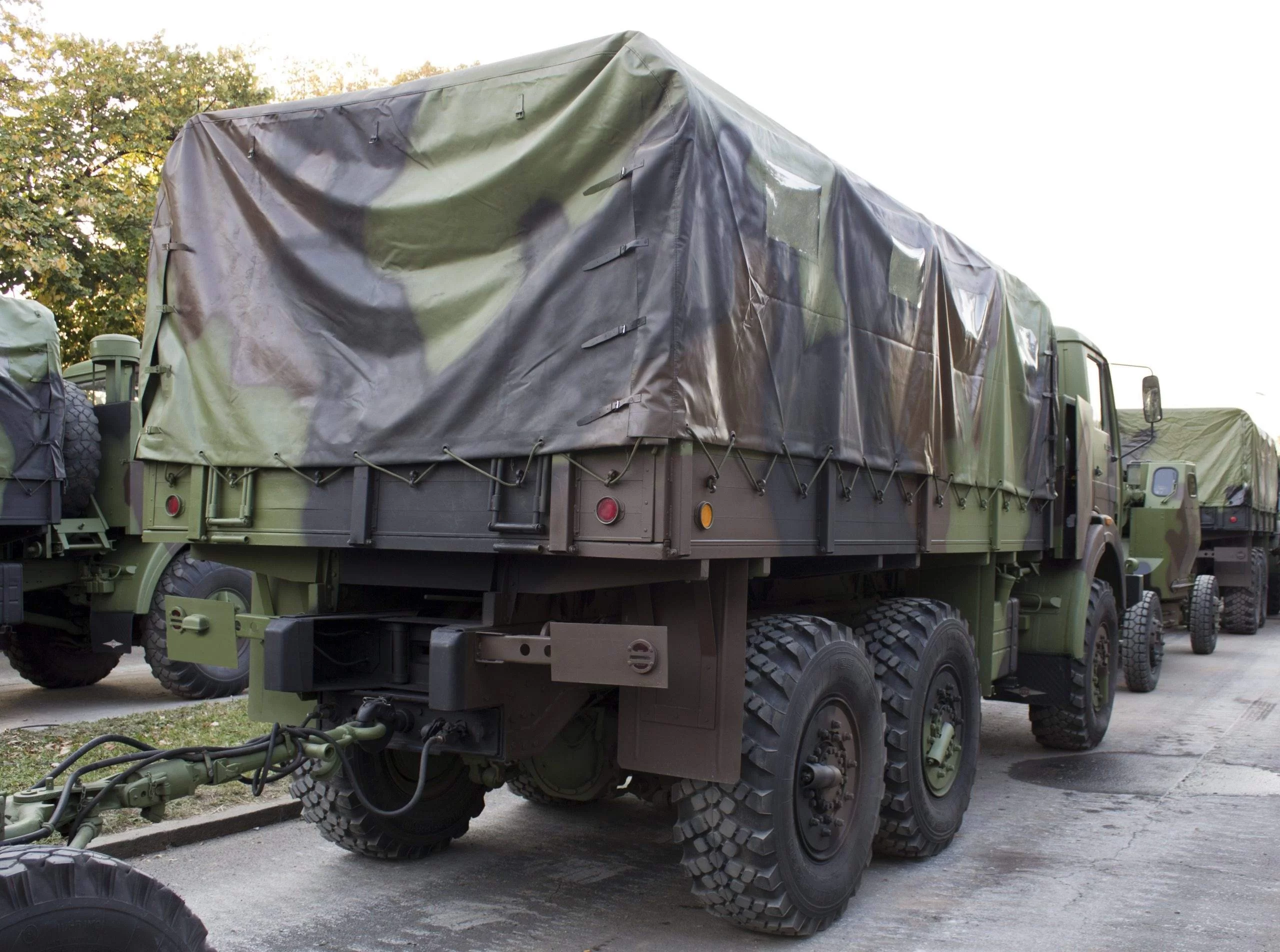Flexible polymers and fabric composites are revolutionizing the way we think about materials and their applications. By combining the unique properties of flexible polymers, like PVC, LLDPE, EIA and TPU, with the strength and versatility of knit and woven fabric composites, engineers and designers are able to create innovative and functional products that are used in a wide range of industries, from aerospace and
automotive to fashion and healthcare.
One of the key advantages of flexible polymers and fabric composites is their ability to be molded and shaped into complex forms. This makes them ideal for applications where traditional rigid materials would be impractical or too heavy. For example, in the aerospace industry, flexible polymers and fabric composites are being used to create lightweight and durable components for aircraft and spacecraft. By using these materials, engineers are able to reduce the overall weight of the vehicle, leading to improved fuel efficiency and performance.
In the automotive industry, flexible polymers and fabric composites are being used to create interior components that are both stylish and functional. These materials can be molded into unique shapes and designs, allowing designers to create custom interiors that are both visually appealing and comfortable for passengers. Additionally, the flexibility of these materials allows for improved impact resistance, making them ideal for use in safety features such as airbags and seat cushions.
Our infrastructure is benefiting from the versatility of Geosynthetic composites combining geomembranes and high-performance fabrics in uses like below grade waterproofing, trenchless pipe rehabilitation (Cured In Place Pipe / CIPP), roadway construction and embankment stabilization. These products not only lower the cost of iinfrastructure, but extend the life of the installation.
Noise abatement has benefited from composite technology in the form of reinforced polymer alloy product like Mass Loaded Vinyl (MLV) that are being used in applications ranging from interior wall construction, industrial equipment insulation, energy and mining along with building construction as a noise barrier to comply with local ordinances. These products are designed for long life, generational, applications while also capable of re-use in temporary applications. In many cases these product can
contain up to 75% of post industrial waste.
In the recreational markets flexible polymers and fabric composites are being used to create innovative and sustainable devices like personal flotation devices and air containment applications like white water rafts and kayaks. By blending synthetic fabrics produces with nylon, polyester and aramids with flexible polymers, designers are able to create products that are durable and long-lasting. Additionally, these materials can be engineered to have specific properties, abrasion resistance or UV resistance, making
them ideal for a wide array of recreational activities.
Overall, the combination of flexible polymers and fabric composites opens up a world of possibilities for engineers, designers, and manufacturers. These materials offer a unique blend of flexibility, strength, and versatility that make them ideal for a wide range of applications across multiple industries. As new advancements in material science continue to emerge, we can expect E Squared to develop even more innovative and groundbreaking uses for flexible polymers and fabric composites in the years to come.










